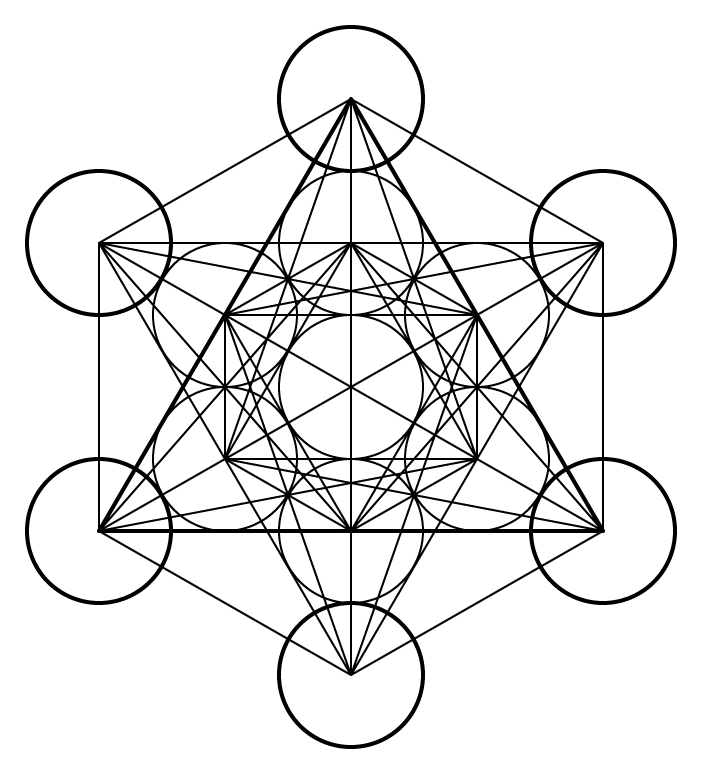Quartz is a silicate mineral belonging to the tectosilicates subclass, with its most common variety being macrocrystalline quartz. Renowned for its hexagonal crystal structure and its glassy, vitreous luster, quartz exhibits a range of colors, including colorless, pink, purple, gray, and black, depending on its impurities or inclusions. Its physical characteristics include well-formed prismatic, drusy, or granular crystal structures that can vary in size.
Usage
Quartz is an incredibly versatile mineral with applications spanning numerous industries. It is a crucial component in the manufacturing of glass, ceramics, and abrasives due to its hardness and chemical stability. Quartz is also used as a filler in paint and rubber production and as a frequency control device in electronic and optical applications. Furthermore, it is a primary raw material in the production of silicon, which is vital for the semiconductor and solar industries.
Gemstone
Quartz is a popular gemstone material, with several varieties being highly prized for their beauty and unique characteristics. Amethyst, citrine, rose quartz, and smoky quartz are some of the most sought-after quartz varieties used in jewelry. Their colors, transparency, and durability make them excellent choices for a wide range of jewelry items, such as rings, necklaces, earrings, and bracelets. Additionally, quartz’s affordability and availability contribute to its popularity as a gemstone.
Origin
Quartz is formed through various geological processes, including the crystallization of magma, metamorphism, and the precipitation from hydrothermal solutions. It is one of the most abundant minerals on Earth’s surface and forms in a wide range of geological environments, often as a result of the arrangement of silica tetrahedra during the crystallization process.
Occurrence
Quartz can be found in nearly every geological environment, from igneous rocks like granite and rhyolite to metamorphic rocks like schist and gneiss, as well as in sedimentary rocks such as sandstone and shale. It is also a common constituent in various types of veins and hydrothermal deposits. Geographically, quartz is distributed worldwide, with significant deposits found in Brazil, Madagascar, the United States, and the European Alps, among other regions.
Metaphysical
In metaphysical and spiritual practices, quartz is believed to possess a range of properties. The mineral is said to amplify and store energy, making it an essential tool for healing, meditation, and spiritual growth. Clear quartz, in particular, is considered a master healer, aiding in the alignment of one’s energy and chakra system. Other varieties of quartz, such as amethyst and rose quartz, are associated with specific properties, such as promoting tranquility and love, respectively.
| Class | Tectosilicates |
| Formula | SiO2 |
| Luster | Vitreous |
| Hardness (Mohs) | 7 |
| Streak | White |
| Color | Colorless, pink, purple, gray, black, and various other colors |
| Cleavage | None, exhibits conchoidal fracture |
| Specific Gravity | 2.65 |


